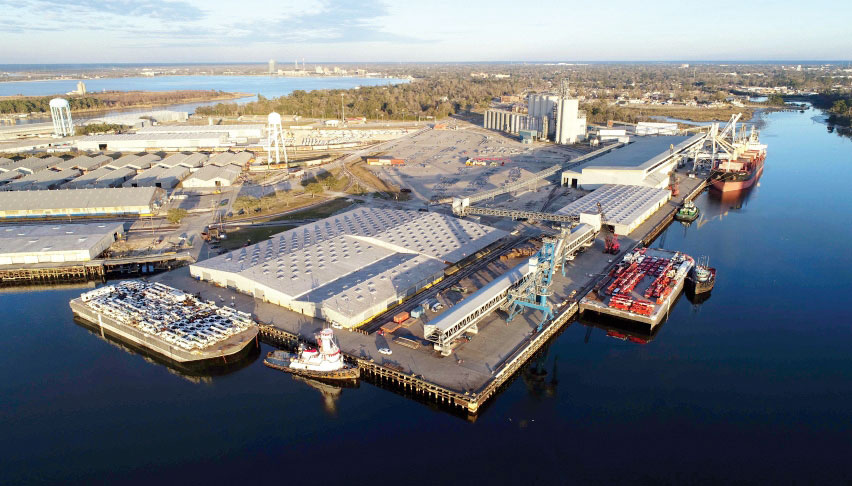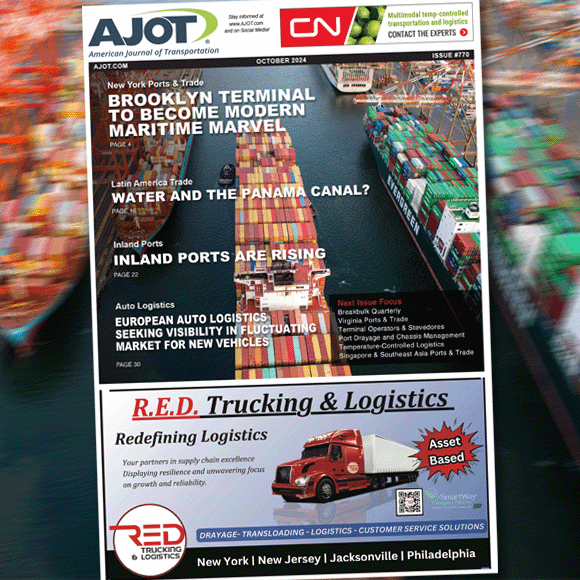With terminal expansions moving forward at most of the region’s ports, the central Gulf region is readying to meet burgeoning demands of cargo interests.
The region appears to have favor in Washington, as the only two port authorities to be named in March as recipients of funding in the latest (and perhaps final) round of U.S. Department of Transportation grants under the Transportation Investment Generating Economic Recovery program, known as TIGER for short.
Alabama State Port Authority
Terminal development takes center stage at the Alabama State Port Authority’s Port of Mobile, where undertakings include expansion of the APM Terminals container facility and the TIGER-grant-supported effort to put a state-of-industry roll-on/roll-off terminal in place.
At a $50 million cost, the latest phase at the Mobile container terminal includes a 20-acre yard expansion, 400-foot dock extension and two new outbound lanes, complementing recent improvements such as two new super-post-Panamax cranes. The project looks to bring the facility’s annual throughput to 650,000 20-foot-equivalent container units.
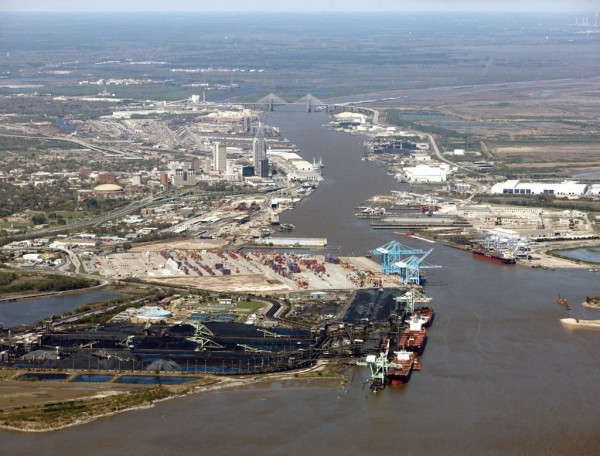
Port of Pascagoula
The Jackson County Port Authority’s Port of Pascagoula is moving forward with expansion of capabilities at its 50-acre South Terminal in the Pascagoula River Harbor, with 10 acres of grading improvements and asphalt paving aimed at enhancing opportunities for handling more multipurpose cargos and vehicles.
Also, the Port of Pascagoula is on schedule to this spring awarding an estimated $9 million contract to help create a more efficient rail link. That project is a key part of a broader $54 million intermodal endeavor that is to deliver a new export marine terminal as well. Funding includes $14 million from a 2013 TIGER grant award. The overall design calls for relocation of the port’s CSX interchange from its current site near Pascagoula’s downtown to a less-congested location east of Bayou Casotte.
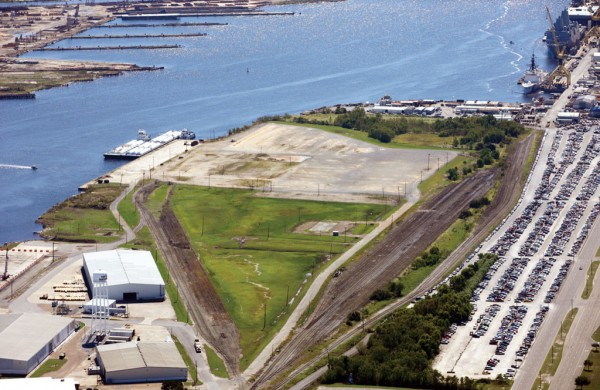
Mississippi State Port Authority
The federally backed $570 million project to restore the Mississippi State Port Authority’s Port of Gulfport following devastation wrought in 2005 by Hurricane Katrina is on target for completion in late 2018, with nearly every part of the west terminal area having been reconstructed. A further endeavor, for which the U.S. Army Corps of Engineers released a record of decision in November, calls for a 282-acre dredge-and-fill program for further expansion of west pier, north harbor and east pier areas, inclding building a 4,000-linear-foot breakwater system.
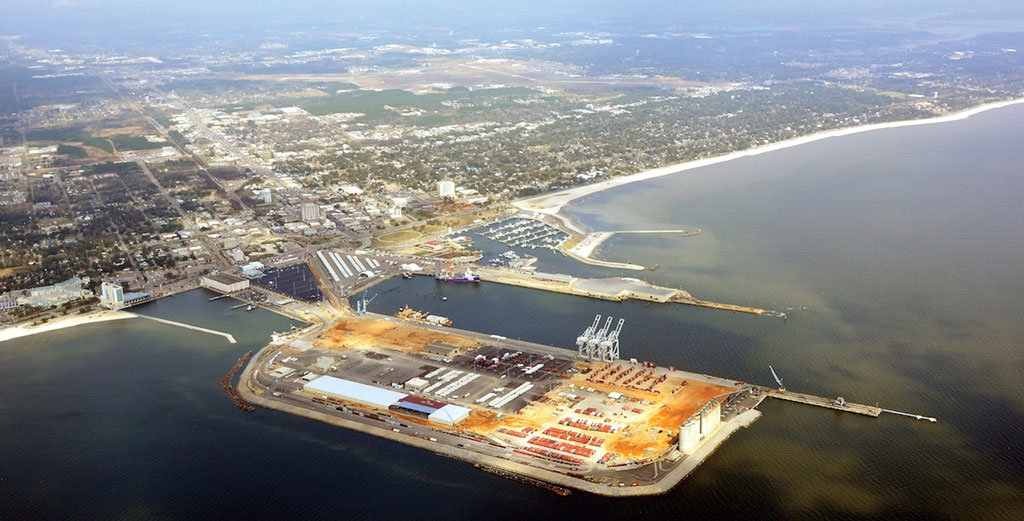
One of the most distinctive projects on the cusp of completion on Port of Gulfport property is construction of a center to serve as the marine operations and research facility for the University of Southern Mississippi’s School of Ocean Science and Technology.
Plaquemines Port
While extensive marine cargo activity – from petrochemicals to grains – continues along the nearly 100 Louisiana miles on the southernmost reaches of the Mississippi River that are within the jurisdiction of the Plaquemines Port, Harbor & Terminal District, leadership of the district is most passionate these days about plans for introduction of commercial air cargo operations at a U.S. Navy installation in the northern portion of the jurisdiction.
A proposal submitted to the Navy and that has already gained support of the local base commander calls for cargo planes to utilize the 10,000-foot runway at the Naval Air Station Joint Reserve Base New Orleans in Belle Chase and then taxi off the military reservation through a secure gate. About 3,000 acres are available for development of warehouse and light manufacturing facilities adjacent to the base.
Port officials say introduction of air cargo capabilities bodes to give the port its fifth mode of transportation, augmenting existing river, rail, highway and pipeline methodologies, while at the same time reducing threat of closure of a base that serves as one of Louisiana’s largest employers.
St. Bernard Port
A just-awarded $13 million TIGER grant has been obtained by the St. Bernard Port, Harbor & Terminal District. The funds are to go toward rehabilitation to modern design standards of two original wharf sections, known as A and F, which have been maintained but have exceeded their useful lives over the past 110 years.
With four terminals on the Lower Mississippi River downriver from New Orleans, the Chalmette, Louisiana-based St. Bernard Port in 2017 realized year-over-year gains of more than 8 percent in tonnage handled, reaching 21 millions short tons of cargo, as well as in vessel traffic.
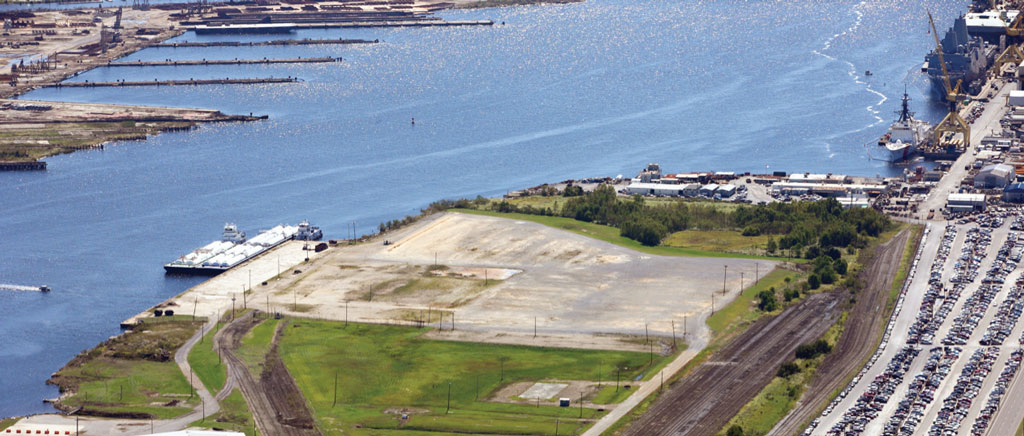
Port of New Orleans
The Port of New Orleans, being marketed as Port NOLA, is looking to release by May of its Gateway Master Plan, to lay out a 20-year vision and strategic roadmap for increasing breakbulk capacity, expanding container capacity, revitalizing undervalued industrial real estate properties and identifying investments to enhance operational efficiencies of the New Orleans Public Belt Railroad.
The Class III switching railroad, which equally serves all six Class I railroads, became a wholly owned subsidiary of Port NOLA effective Feb. 1, opening the door for attraction and retention of a stable customer base, according to port officials.
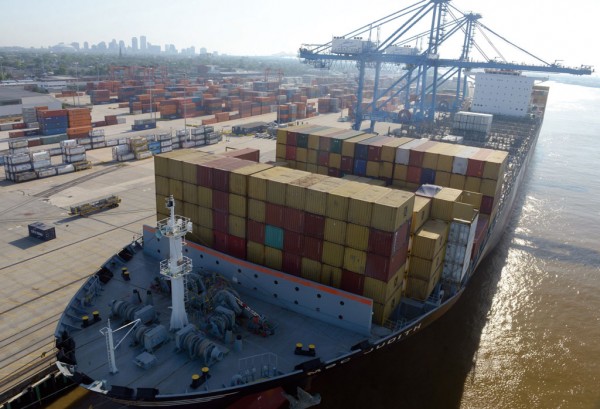
Port Manchac
Located on the relatively uncongested northwestern shore of Lake Pontchartrain, adjacent to Interstate 55, the South Tangipahoa Parish Port Commission’s 140-acre Port Manchac intermodal terminal is constructing a 25,000-square-foot laydown storage pad designed to handle future container transloading and storage operations adjacent to the Canadian National Railway mainline.
Port and CN marketing team members have been targeting the polymer pellet and resin manufacturing industry for use of the facility, which, in addition to providing ready rail and highway access, can accommodate such customers with barge services to the Mississippi River, including the Port of New Orleans.
Port Manchac has completed the first phase of a state-backed $3 million infrastructure redevelopment plan, entailing bulkhead, dredging, internal roadway, rail and drainage work, and is now moving ahead with the initiative’s second and final phase, to include a storm surge protection barrier and further improvements to paving, drainage and safety lighting, in addition to the building of the storage pad. These enhancements aim to facilitate safe, efficient inland transloading and storage operations on a 24/7/365 basis for bulk, breakbulk, neobulk and containerized cargos.
Port of South Louisiana
The Port of South Louisiana, covering a 54-mile stretch along both sides of the Mississippi River upriver from New Orleans, continues to build upon its longtime distinction of being the Western Hemisphere’s No. 1 tonnage port, having handled a record 308 million short tons of cargo in 2017, led by grain exports, coal exports, petroleum exports and steel imports. But, amazingly enough, that’s not what has officials of the port most excited of late.
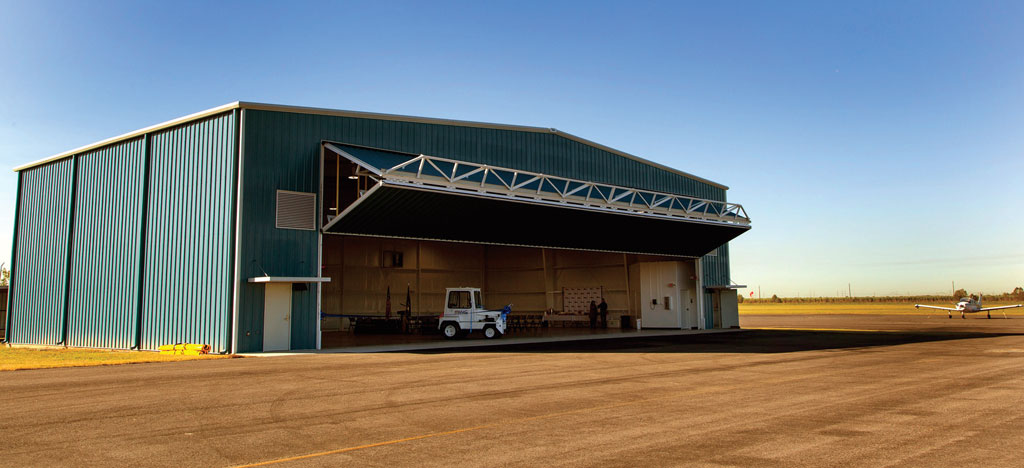
Since the port acquired the airfield in 2009, numerous other improvements have been made, including extension of the main runway to 5,150 feet, with a parallel taxiway, new lighting and an automated weather observing system.
Port of Greater Baton Rouge
Farther up the Mississippi River, in Port Allen, the Port of Greater Baton Rouge is enjoying success with the container-on-barge service that was initiated in 2016 by SEACOR AMH LLC. SEACOR has doubled to twice a week its number of tows down the river to the Port of New Orleans, from which such cargos as resins and lubrication oils are put on oceangoing vessels for export.
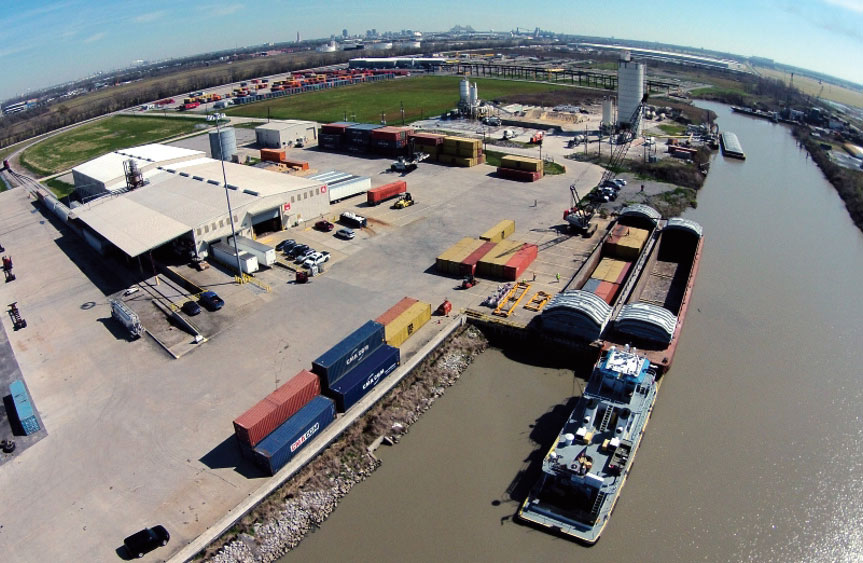
Other Port of Greater Baton Rouge infrastructure projects under way include a $10 million dock enhancement to facilitate better efficient accommodation of larger vessels.
Port Fourchon
Louisiana’s southernmost port, the Greater Lafourche Port Commission’s Port Fourchon continues to advance development of slip infrastructure while also pursuing a deeper draft in support of expanding U.S. capabilities for servicing deepwater drilling rigs. A feasibility report looking at taking depth from its present 27 feet to 35 feet or possibly as many as 50 feet is to be filed by June with federal officials.
Recently completed infrastructure, finishing the west side of the port’s Slip C, includes a 950-foot bulkhead for Omni/Trussco and a 939-foot bulkhead for FCC Environmental Services. On Slip C’s east side, 1,671 linear feet of waterfront are being developed, including 400 feet for subsea engineering firm Oceaneering International Inc., to adjoin 800 feet that company already has in place and form 1,200 feet of contiguous berthing.
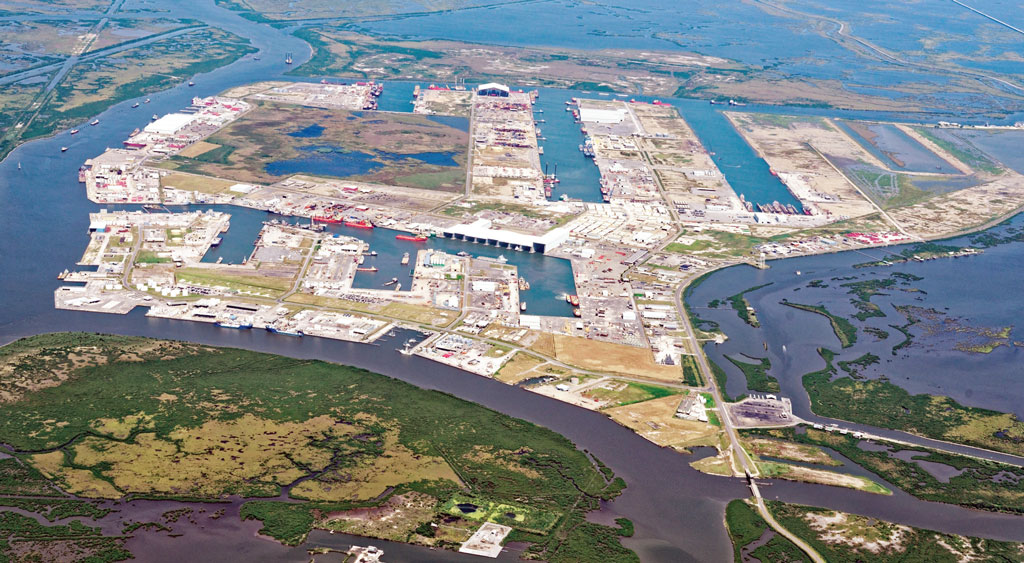
Port of Lake Charles
In Southwest Louisiana, the Port of Lake Charles is increasing efficiency and augmenting cargo-handling capacity to better serve current needs and prepare for accommodation of future volumes.
The 13 berths and large laydown areas at the port’s City Docks facilitate the loading, offloading, staging and storage of project cargo needed by industrial facilities that require overdimensional pieces to be as close as possible to project construction sites. Over the course of the last few years, more than $100 billion in megaprojects have been announced in the area around the Port of Lake Charles, including major undertakings of such companies as Cameron LNG, Magnolia LNG and Driftwood LNG.
